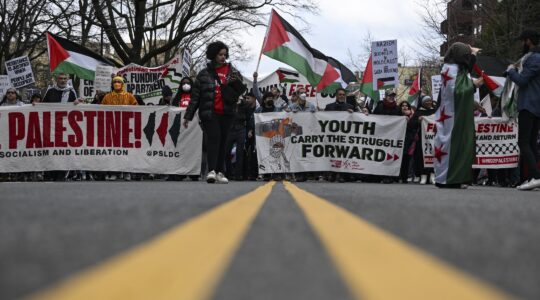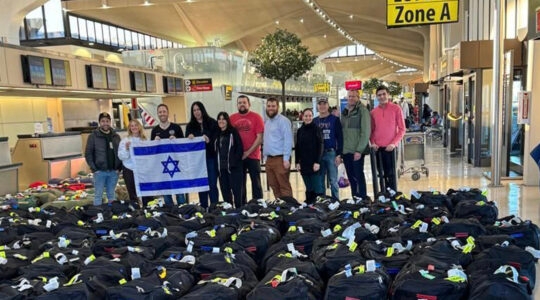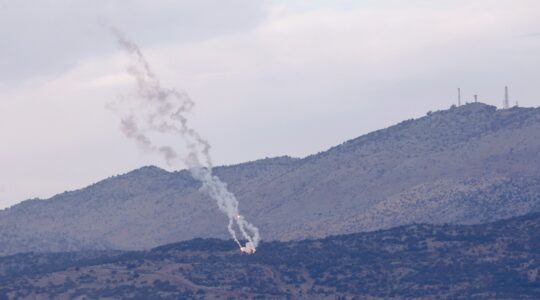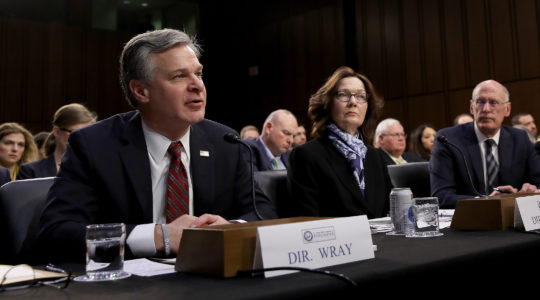Monday at the GA in New Orleans may have been overshadowed by the appearance of Israel’s prime minister Benjamin Netanyahu and the sideshow that was the protest against him and the thuggish response to those protestors by some GA attendees, but some significant federation system news appears about to break as the American Jewish Joint Distribution Committee and the Jewish Agency for Israel are on the verge of ending a years-long tussle of their own.
The two overseas partners of the federation system have long squabbled over how they split the tens of millions of dollars every year the federations give them.The two groups have traditionally split the money according to a formula that gave 75 percent to the Jewish Agency and 25 percent to the Joint. It has long been a sticking point for the latter, especially as the overseas dollars have shrunk from around $140 million just a few years ago.
The debate has often turned ugly as both sides have tried to undercut the other as they jostle for position in the eyes of federation donors. And though they have come close to deals to revamp the split several times in recent years, they often have fallen apart at the last minute as the Joint has backed away unhappy. But according to two independent sources, the two sides have reached an agreement with the JFNA that will be ratified later this year after each gets final approval from their respective boards.
The deal stipulates that the two sides will keep the 75-25 split for the remainder of 2010 with the caveat that any dollars that the federations give overseas beyond what they gave in 2009 will be split 50-50 between the two organizations. In 2011 the partners will begin a new system. Ninety percent of the total money raised will be split according to the 75-25 rule, but the remaining 10 percent will be given away to each group according to need.The new system calls for the groups to create four of what it is calling “buckets.”
Each agency will be allowed to designate two areas of need – for instance child hunger in the former Soviet Union or education in Eastern Europe. And each federation will be able to give 10 percent of its overseas allocations to one or more of the buckets. The organizations will be able to use the money for programs within each bucket. It’s something of a modified restricted giving.
That will give the federations the freedom to have more oversight over their overseas allocations, and the potential for more money appeases the Joint, which has long felt it was getting short shrift in the straight 75-25 split.





